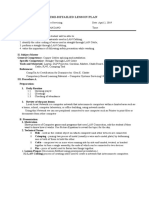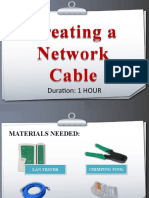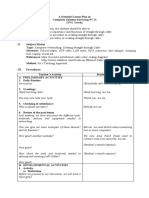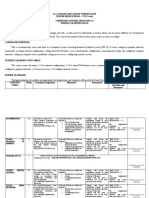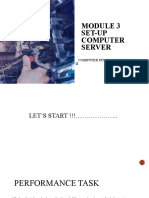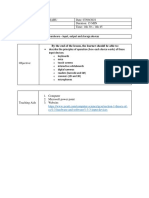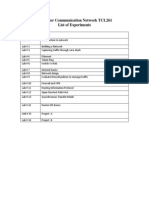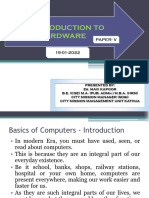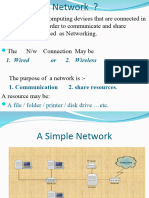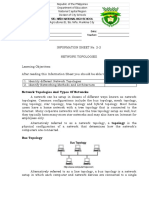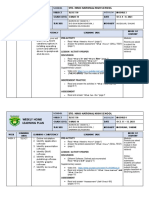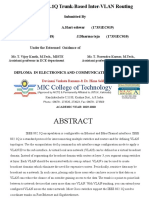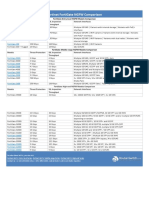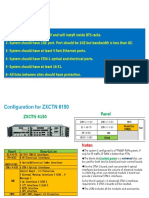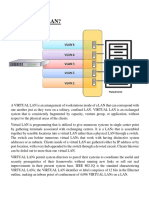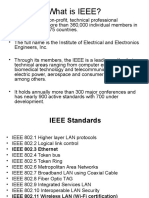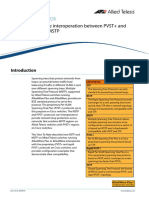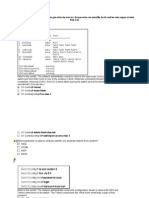0% found this document useful (0 votes)
381 views73 pagesUnit 3 - Setup Computer Network
The document provides information about setting up a computer network including:
- Lessons on network topologies, cabling, and setting up a computer network.
- Common network hardware components are explained such as NICs, hubs, switches, routers, bridges, and repeaters.
- Network topologies including bus, mesh, ring, star, tree, and hybrid are defined.
- Steps for making Ethernet network cables using CAT5e cabling standards and RJ45 connectors are outlined including stripping, arranging wires, crimping, and testing the cable.
Uploaded by
GioSanBuenaventuraCopyright
© © All Rights Reserved
We take content rights seriously. If you suspect this is your content, claim it here.
Available Formats
Download as PPTX, PDF, TXT or read online on Scribd
0% found this document useful (0 votes)
381 views73 pagesUnit 3 - Setup Computer Network
The document provides information about setting up a computer network including:
- Lessons on network topologies, cabling, and setting up a computer network.
- Common network hardware components are explained such as NICs, hubs, switches, routers, bridges, and repeaters.
- Network topologies including bus, mesh, ring, star, tree, and hybrid are defined.
- Steps for making Ethernet network cables using CAT5e cabling standards and RJ45 connectors are outlined including stripping, arranging wires, crimping, and testing the cable.
Uploaded by
GioSanBuenaventuraCopyright
© © All Rights Reserved
We take content rights seriously. If you suspect this is your content, claim it here.
Available Formats
Download as PPTX, PDF, TXT or read online on Scribd
/ 73







